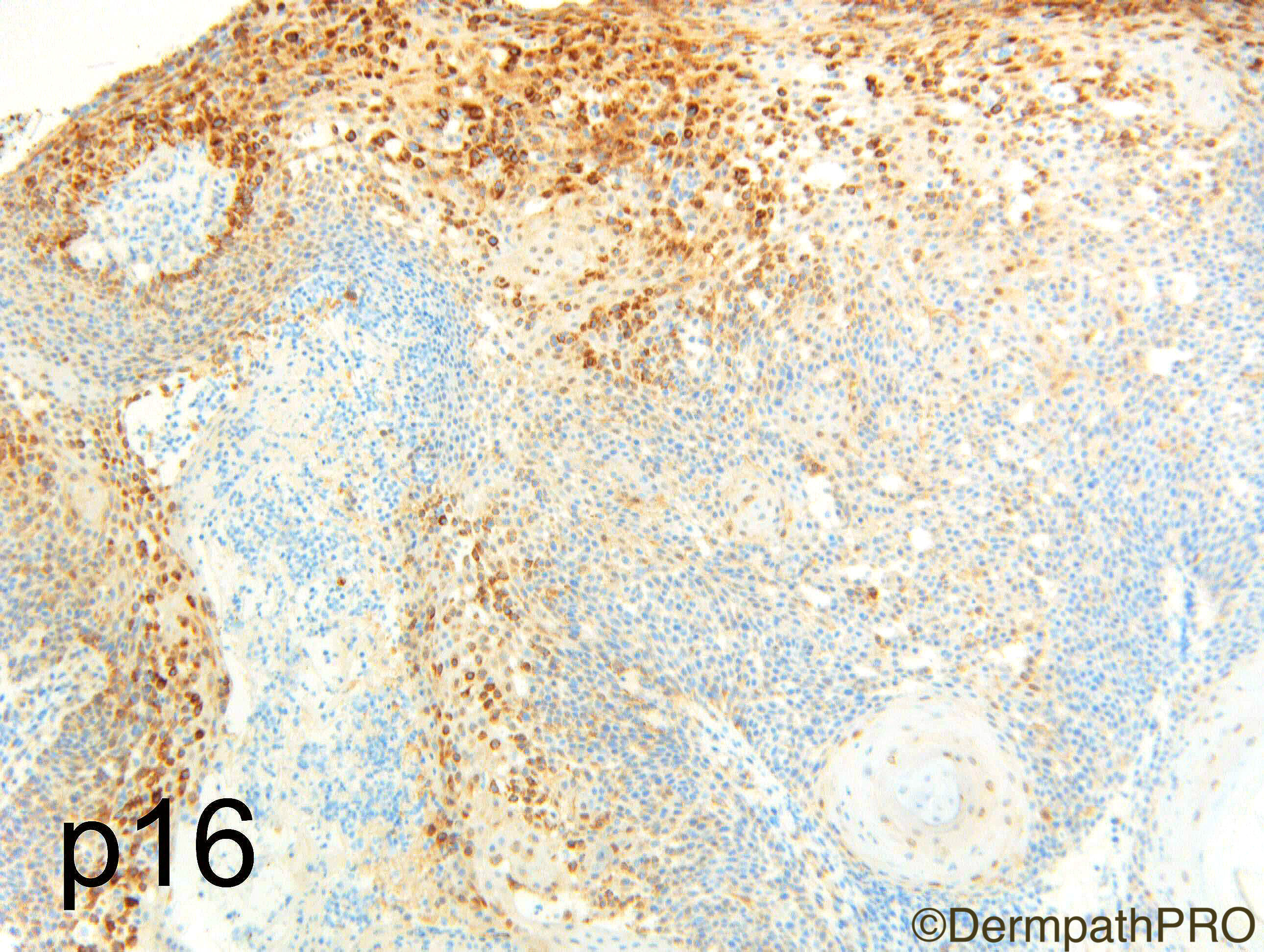Edited by Admin_Dermpath
Case Number : Case 1645 - 14 October Posted By: Guest
Please read the clinical history and view the images by clicking on them before you proffer your diagnosis.
Submitted Date :
M85. 20 x 20mm eroded friable plaque arising in old scar. ?SCC
Case Posted by Dr Richard A Carr
Case Posted by Dr Richard A Carr











Join the conversation
You can post now and register later. If you have an account, sign in now to post with your account.